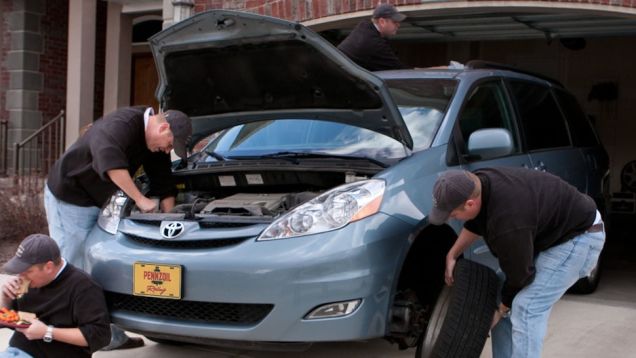Many people prefer to keep their cars longer and they are not really concerned about new trends in the automotive world. They see cars as a functional item, instead of a fashionable one. On the other hand, people can’t afford to buy a new one and they decide to keep their cars until they are completely unusable. In reality, older cars do offer more benefits than newer ones. When people do decide to get new cars, they tend to choose used ones, especially by choosing cars with significant depreciation in value, because they are not concerned with reselling their cars.
Older and cheaper cars often cost less to register and require lower insurance costs. The difference in registration costs can be more than $1,000 depending on the age of the car and on the state. Insurance costs are also lower, because it is cheaper to replace older cars when they are wrecked or stolen. Old cars are not only defined by its year of production, but also its mileage. Cars are defined as vehicles with high mileage if it is used for 15,000 miles each year on average. Properly maintaining cars with higher mileage will be more costly, because some of the components need to be replaced.
Keeping old cars running well can be a rather daunting task if we are not too familiar with what we should do. However, we should be able to break the maintenance tasks into more manageable bits. Top priority is focusing on items that can cause unsafe operating conditions, such as tires, braking system, steering systems, headlights, windows and windshields. Medium priority is related to items that could cause breakdown and engine failure, such as timing belts, clutch fans, CV joints, fuel lines, radiator and others. Lower priority is related to normal maintenance, such as replacement of engine coolant, transmissions fluid and engine oil.
When maintaining older cars, we should be proactive to save money and extend its useful life. Oil changes should be performed at appropriate intervals and this is the least we can do to keep our car healthy. Regular oil change is an affordable insurance, because it is possible to remove combustion by-products and grit. Accumulated debris in the crank case could cause extra wear. We should change oil every 5,000 miles, but we need to change it more often under severe conditions, such as a lot of short trips in cold weather and dusty environments.
We may also need to add high mileage oil for cars that are used for long distance travels. This product is formulated with extra additives to prevent deposits and oil burn-offs. It is a good idea to choose high mileage oil if we are concerned with the durability of our old car. Well maintained cars could last for decades and run well. There should be nothing to be worried of if we are able to consistently add extra care to our old car.





